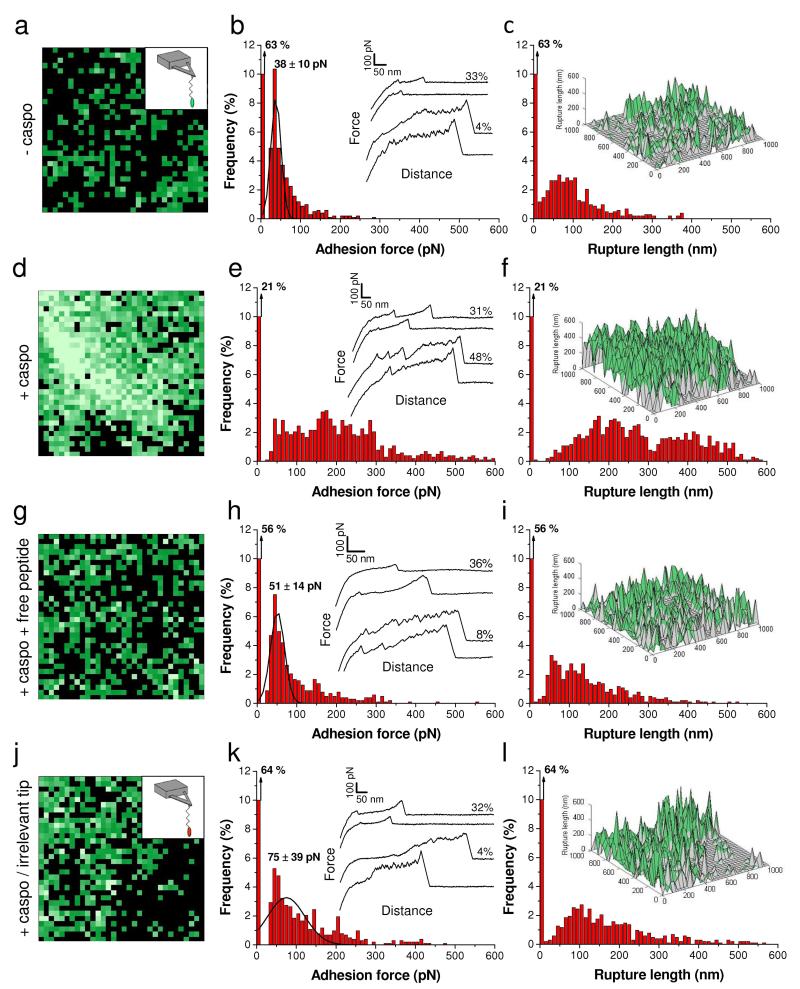Fig. 5. Caspofungin increases the expression of Als1 in C. albicans wild-type cells.
(a, d, g) Adhesion force maps (1 μm × 1 μm; black and green pixels correspond to adhesion forces smaller and larger than 50 pN, respectively; brighter green color means larger adhesion forces) recorded in buffer between an AFM tip bearing a short adhesion peptide (KLRSMAYKIPTHRR) and the surface of a native C. albicans cell (a), a C. albicans cell treated with 50 ng ml−1 caspofungin (d), and a C. albicans cell treated with 50 ng ml−1 caspofungin, harvested and further blocked by injection of free adhesion peptides (0.1 mg ml−1) (g). (j) Adhesion force map (1 μm × 1 μm, color scale: 350 pN) recorded in buffer between a tip bearing an irrelevant peptide (ESTTTTLNISSE) and a native C. albicans cell. (b, e, h, k) Corresponding adhesion force histograms (n = 1024) together with representative force curves. (c, f, i, l) Histograms of rupture distances (n = 1024), and 3-D reconstructed polymer maps of x, y position vs rupture length (false colors, adhesion forces in green). Similar data were obtained in multiple experiments using different tips and cell cultures.

